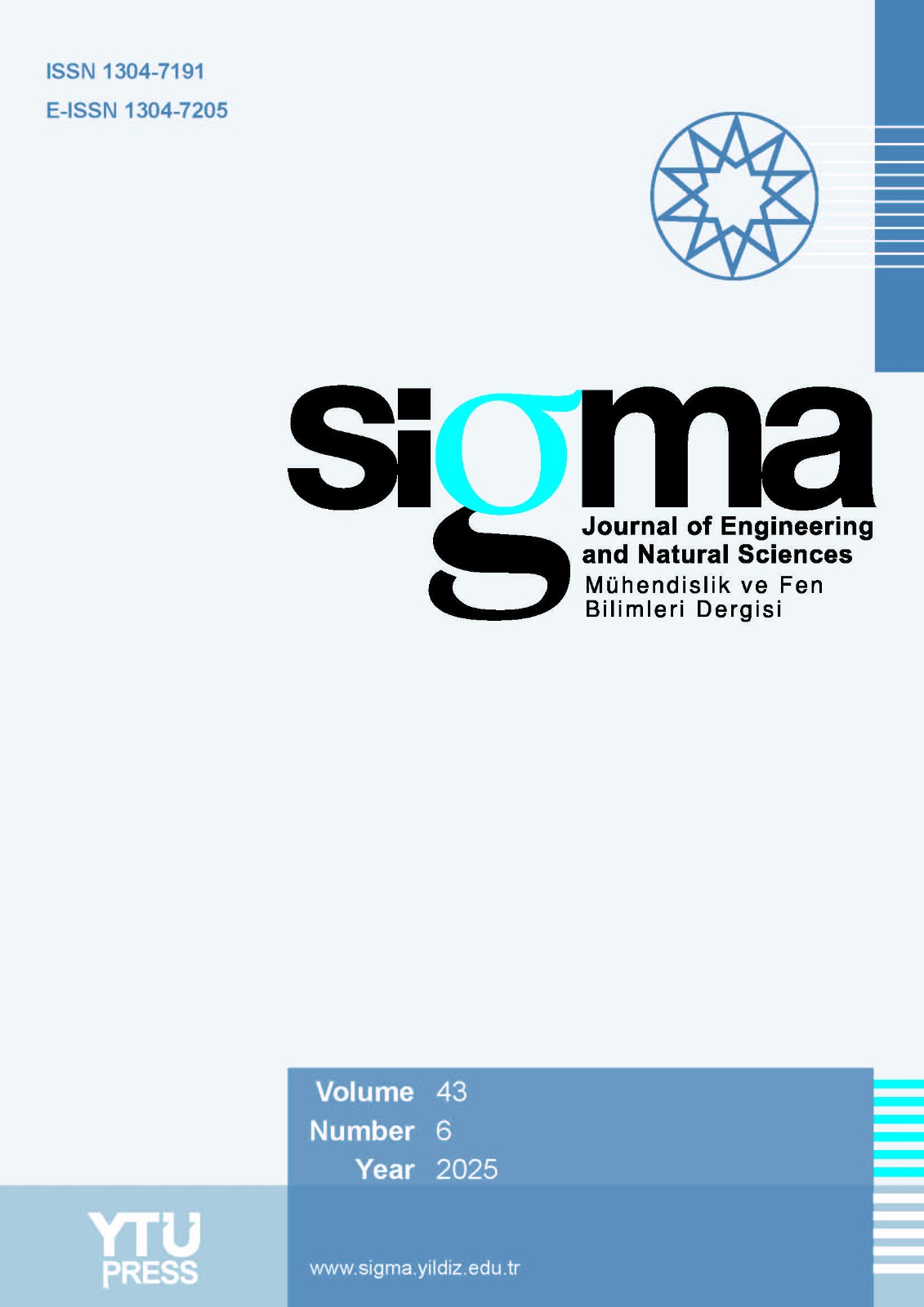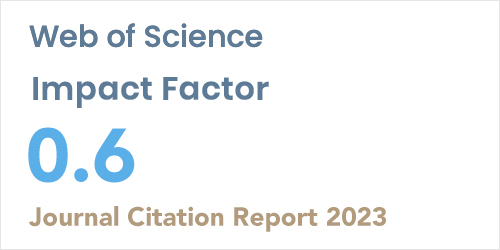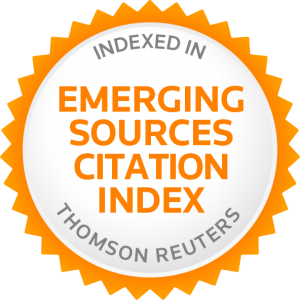2Symbiosis Centre for Nanoscience and Nanotechnology, Symbiosis International Deemed University, Maharashtra, 412115, India
3Department of Physics, Sungkyunkwan University, Suwon, 16419, Republic of Korea
4Bhabha Atomic Research Centre, Trombay, Mumbai, 400085, India
5Symbiosis Institute of Technology, Symbiosis International Deemed University, Maharashtra 411043, India
6Department of Mechanical Engineering, Government Engineering College, Gujarat, 396001, India
7Department of Nuclear and Renewable Energy, Ural Federal University, Ekaterinburg, 620002, Russia
8Harcourt Butler Technical University, Uttar Pradesh, 208002, India
Abstract
Nanotechnology has opened up various health, environmental and sustainable energy possibilities, such as monitoring, remediation, and reducing global warming. In recent times, nanomaterials have elevated the conventional sensors to be more accurate, sensitive, and selective for detecting the desired analyte. Using carbon quantum dots (CQDs) it is possible to create fiber optic-based sensors that monitor ultraviolet-A (UV-A) radiation. Special tunable optoelectronic properties make CQDs a desirable option for sensing applications. This paper reports the development of a CQDs-based UV-A sensor based on fiber optics (FS-UV-A). The CQDs were prepared using citric acid and L-cysteine, and were characterized using UV-Visible spectroscopy and high resolution HRTEM. The synthesized CQDs possess high excitation and emission rates at 365 nm and 424 nm, respectively, which are ideal for UV-A sensing applications. A Cost effective FS-UV-A sensor was developed by utilizing the CQDs embedded in biodegradable poly-vinyl alcohol (PVA) polymer matrix coated on optical fiber. The use of optical fiber creates a smaller foot- print in turn making it portable and easy to use. With a detection limit of 0.2 μW/cm2, the sensitivity and selectivity of the FS-UV-A towards UV-A radiation in the range of 0 – 1000 μW/cm2 were evaluated. In addition, the sensor’s 122 ms response time qualifies it for real-time use. It also showed good stability, which makes it a useful tool for measuring UV-A radiation in a variety of environmental conditions.














